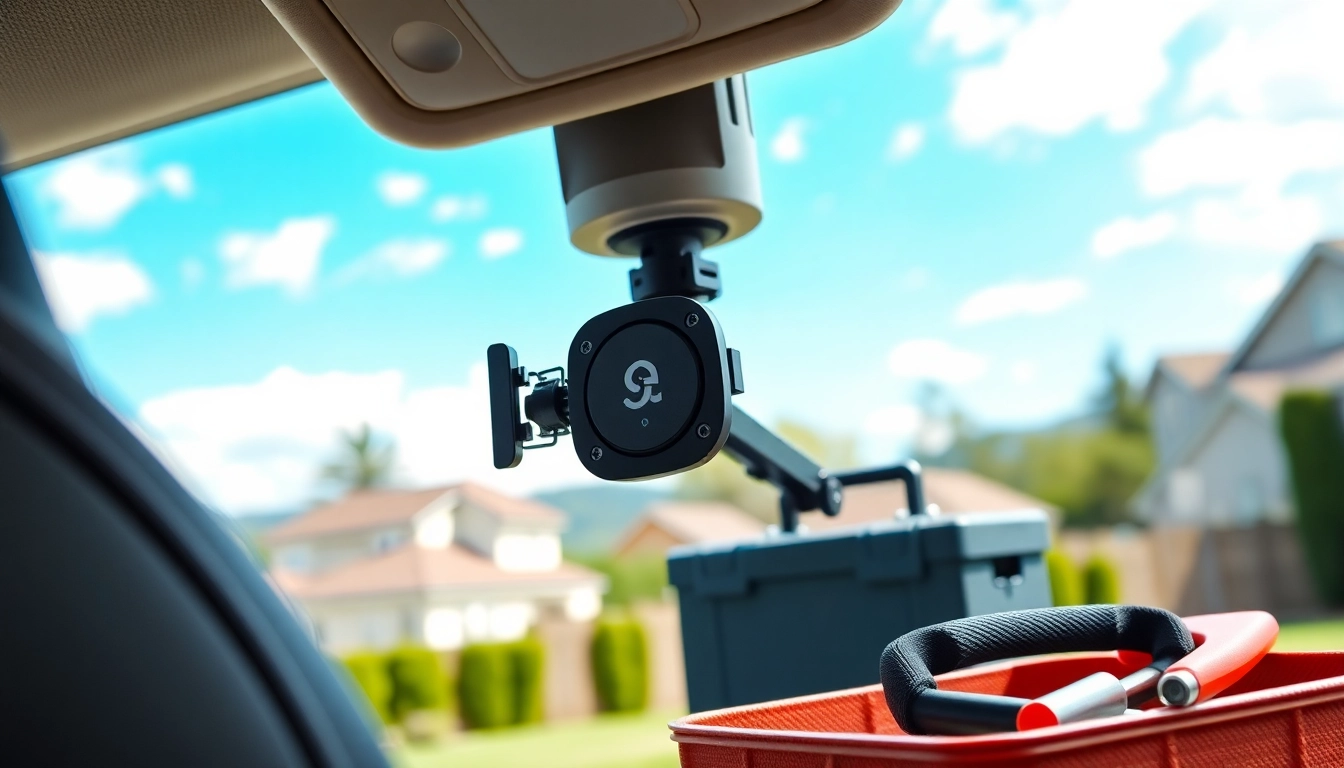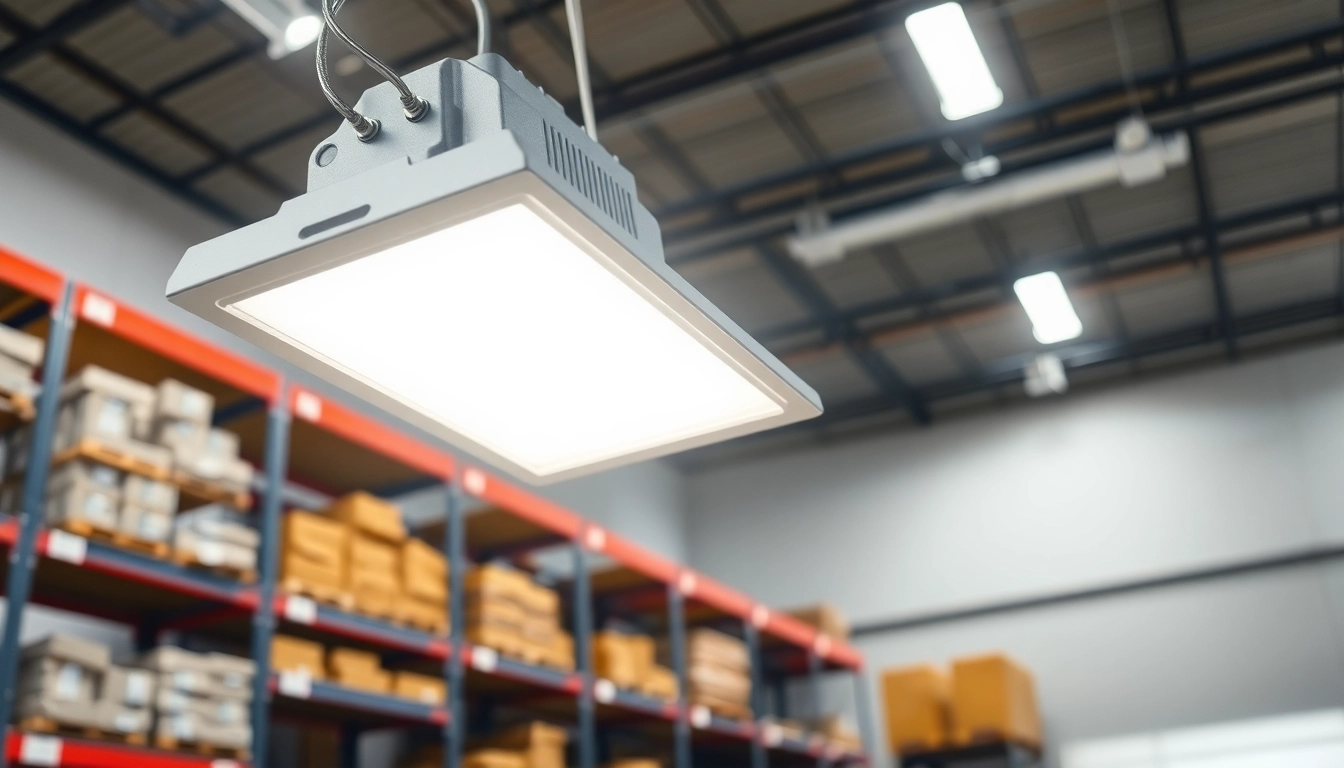Understanding the Starlink Mini Mount
The starlink mini mount serves as a crucial accessory for ensuring optimal performance and installation of Starlink satellite internet systems. Designed specifically to accommodate the compact dimensions of the Starlink Mini dish, this mount not only enhances stability but also facilitates easy adjustments to achieve the best possible signal strength.
Key Features of the Starlink Mini Mount
The starlink mini mount boasts several distinctive features that contribute to its effectiveness:
- Durable Construction: Built from high-quality materials, the mount is resistant to outdoor elements, ensuring longevity even in harsh weather conditions.
- Adjustable Angles: Users can easily tilt and rotate the mount, allowing for fine-tuning in order to achieve optimal satellite alignment.
- Lightweight Design: Its compact form factor makes it easy to handle and install while still providing sufficient strength.
- Versatile Compatibility: While designed for the Starlink Mini, the mount can be adapted for other similar satellite dishes, making it a flexible solution.
- Integrated Cable Management: This feature helps organize the connecting cables, minimizing clutter and reducing the risk of damage.
Benefits of Using a Starlink Mini Mount
Employing the starlink mini mount provides numerous advantages:
- Improved Signal Quality: Optimal positioning of the satellite dish leads to clearer communication with the satellite, resulting in faster internet speeds and more reliable connections.
- Enhanced Aesthetics: By incorporating an effective mount, the overall installation appears neater and more professional, which is particularly beneficial in residential settings.
- Ease of Use: The clear design and adjustable features allow users to make quick adjustments without needing specialized tools or skills.
- Long-term Stability: Ensuring a secure and well-placed mount reduces the chances of physical disturbances that could misalign the satellite dish.
Common Installation Scenarios
The starlink mini mount can be employed in several installation scenarios, including:
- Residential Roof Installations: Ideal for homes where space on the ground is limited.
- Ground Installations: Applicable for users opting for ground-level setups, such as in backyards or gardens.
- Vehicle or RV Installations: Perfect for mobile users seeking reliable internet access while on the road, allowing for quick setups wherever they may be.
Preparing for Installation
Necessary Tools and Equipment
Before starting the installation process, ensure you have the following tools and equipment ready:
- Drill and drill bits for securing the mount.
- Level to ensure the mount is perfectly horizontal or vertical as needed.
- Socket or wrench set for tightening any bolts.
- Measuring tape for locating the optimal installation spot.
- Safety gear, including gloves and goggles, to keep you protected during installation.
Choosing the Right Location
Selecting the ideal location for your starlink mini mount is vital for ensuring the best signal capture. Consider the following factors:
- Line of Sight: Ensure there are no major obstructions (trees, buildings, hills) between the dish and the satellite.
- Elevation: Higher installations generally yield better results, as they reduce the impact of nearby obstructions and maximize line of sight.
- Accessibility: Choose a spot that is easy to reach for mounting and ongoing maintenance.
Assessing Surface Compatibility
Before installation, evaluate the surface where the starlink mini mount will be attached. Different surfaces require specific approaches:
- Flat Roofs: Check for integrity and ensure it can support the load placed upon it.
- Concrete Slabs: Utilize proper fittings and adhesive to secure the mount.
- Ground Installations: Ensure level ground and consider using a base plate to add stability.
Step-by-Step Installation Guide
Mounting the Starlink Mini Mount
The installation of the starlink mini mount can be broken down into clear steps:
- Identify and mark the installation spot, ensuring it meets the criteria discussed in the location selection.
- Using a drill, create the necessary holes or use anchors based on your surface type.
- Attach the mount securely, making sure it remains level throughout the installation process.
- Double-check all fasteners to ensure they are tight and secure.
Connecting to Power and Internet
Once the mount is securely installed, it’s time to connect the Starlink dish to power and the internet:
- Run the power and data cables from the dish to your indoor router.
- Use the appropriate connectors, ensuring a secure fit to avoid signal loss.
- Plug the setup into a power outlet and confirm that the dish powers on correctly.
Final Adjustments for Optimal Signal
Having set up your starlink mini mount and connected power, it is crucial to ensure the correct alignment for optimal signal reception:
- Utilize the Starlink app to monitor signal strength as you adjust the dish’s positioning.
- Make minor adjustments to the angle of the dish according to the app’s feedback.
- Ensure that the mount is holding stable and that no vibrations or movements are occurring.
Troubleshooting Installation Issues
Identifying Common Problems
In the event of encountering issues during installation, several common problems can arise:
- Poor Signal Strength: Often due to obstructions or improper alignment. Make sure to double-check the positioning and clearance.
- Power Issues: If the dish isn’t powering up, ensure all connections are secure and that the outlet is functioning.
- Equipment Damage: Check for any physical damages during transport or installation that could impact performance.
How to Adjust for Better Reception
If you experience weak signals post-installation, here are some adjustment tips:
- Reassess the line of sight, looking for any new obstructions that may have developed.
- Make adjustments based on the Starlink app, ensuring you are optimizing at various elevations and angles.
- Consider utilizing signal boosters if the area is particularly challenging.
When to Seek Professional Assistance
While most installations can be performed independently, there are scenarios when a professional is recommended:
- When dealing with complex roof installations that may compromise safety.
- If significant signal issues persist despite adjustments.
- When in doubt about proper equipment handling or connection requirements.
Maintaining Your Starlink Mini Mount
Regular Checks and Adjustments
Ongoing maintenance is essential for ensuring consistent performance from your starlink mini mount:
- Periodically check the mount for stability and secure fasteners.
- Inspect cables for wear or damage, addressing any issues immediately.
- Regularly review signal strength, making minor adjustments as needed based on any environmental changes.
Environmental Considerations for Longevity
The longevity of your starlink mini mount can be increased by taking environmental factors into account:
- Ensure that the dish isn’t directly exposed to abrasive weather conditions for prolonged periods.
- Consider protective coverings that can help shield from excessive sunlight or moisture.
- Monitor for debris buildup on the dish that could interfere with signal capture, particularly during windy seasons.
Upgrading Your System Over Time
As technology evolves, consider potential upgrades for your system:
- Assess new releases in satellite technology that may improve speeds and connectivity.
- Evaluate additional equipment such as more robust mounting options, depending on changing environmental factors.
- Stay informed about firmware updates for the Starlink dish which can enhance performance and stability.














Leave a Reply